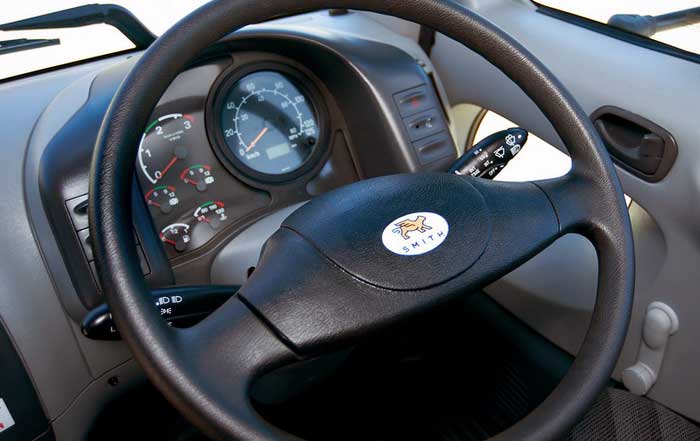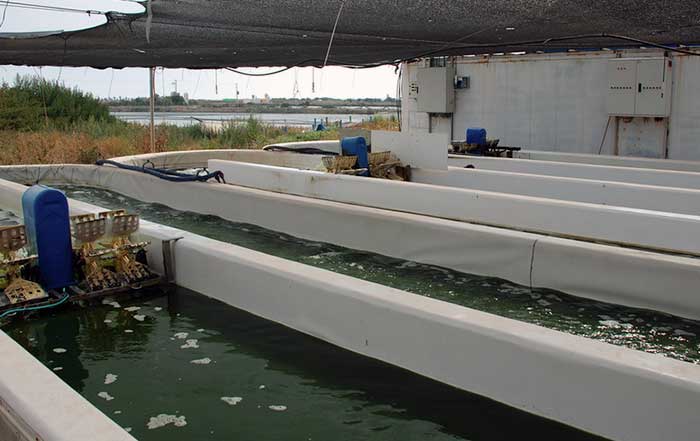As the use of robots becomes increasingly commonplace in our lives, it is important to consider the implications of privacy when using them. After all, robots are capable of collecting, storing, and using a variety of personal data in order to facilitate their functions. This raises questions about how our personal information is being used, and what safeguards are in place to protect our privacy.
Robots are increasingly being used in a variety of settings, from home care to industrial applications. In the home, robots are being used to perform tasks such as cooking, cleaning, and even providing companionship. In industrial settings, robots are being used to automate manufacturing processes and reduce labor costs. In both cases, robots are capable of collecting data on their users, such as preferences, habits, and even medical information. This data can then be used to optimize the robot’s performance, as well as to create personalized experiences for the user.
The fact that robots can collect and store personal data poses a significant privacy concern. Without appropriate safeguards in place, the data collected by robots could be used for malicious purposes, such as identity theft or targeted advertising. It is therefore important that the developers of robots ensure that their products are designed with privacy in mind. This means implementing measures such as data encryption, access control, and data minimization, as well as ensuring that users are aware of what data is being collected and are given the option to opt-out.
In addition to data security, another important concern is user control. This refers to the ability of users to control how their data is used by robots. For example, users should have the ability to control who has access to their data and how it can be used. They should also be able to delete the data collected by robots at any time.
Finally, it is important to consider the ethical implications of using robots. Robots are capable of making decisions that can have a profound effect on their users, and it is important that these decisions are made in a responsible manner. Developers should ensure that robots are designed to act in accordance with ethical principles, such as respect for privacy and autonomy.
In summary, robots are becoming increasingly commonplace in our lives, and it is important to consider the implications of privacy when using them. Developers must ensure that their products are designed with privacy in mind, and that users are given control over the data collected by robots. It is also important to consider the ethical implications of using robots, and ensure that they are designed to act in a responsible manner. By doing so, we can ensure that the use of robots does not come at the expense of our privacy.








